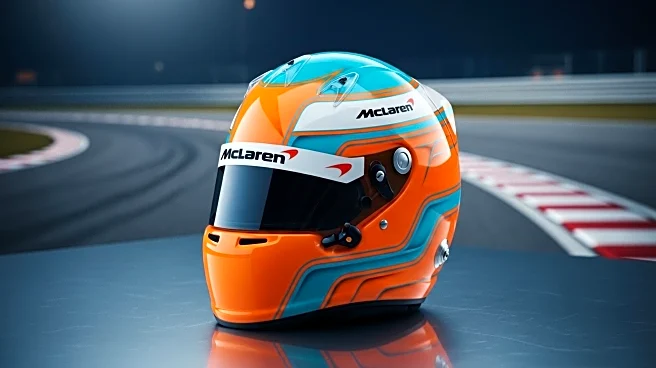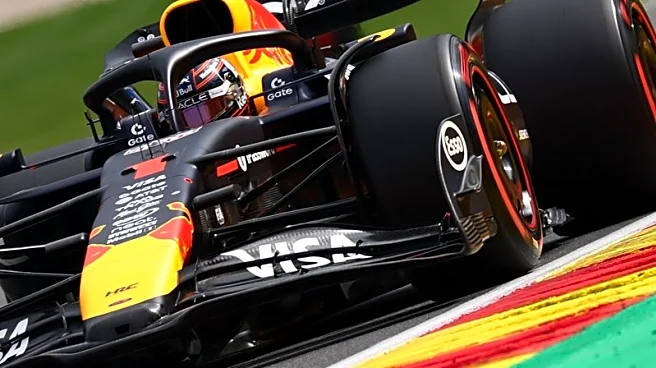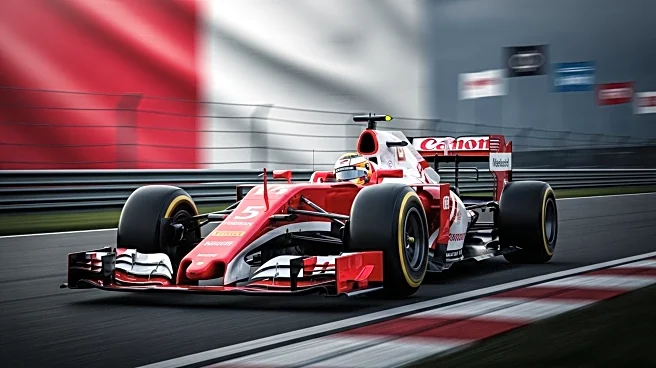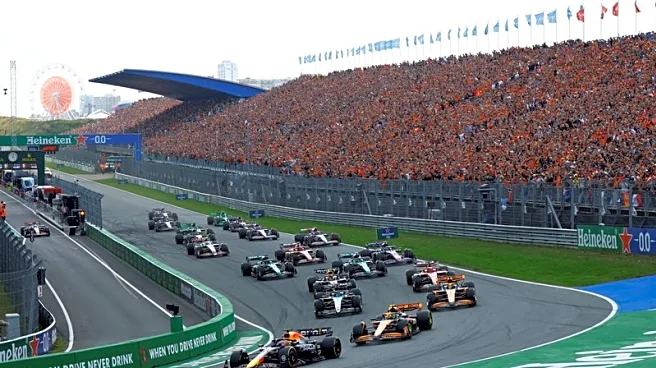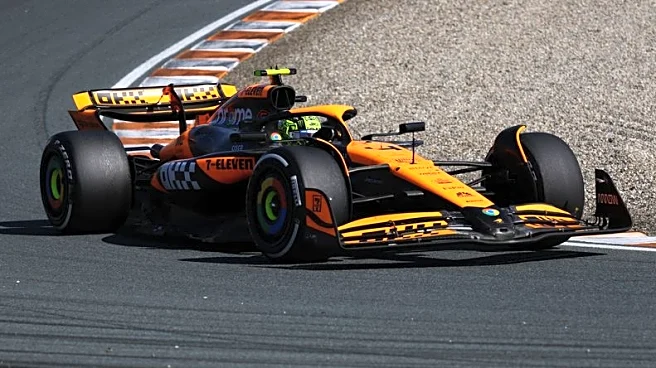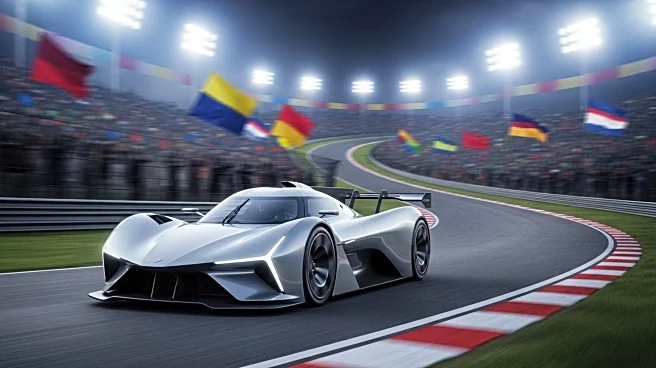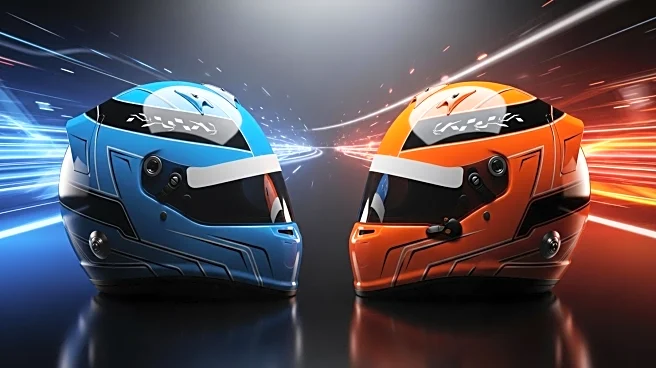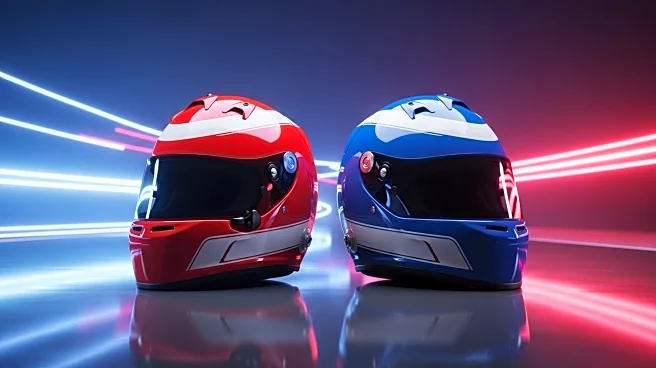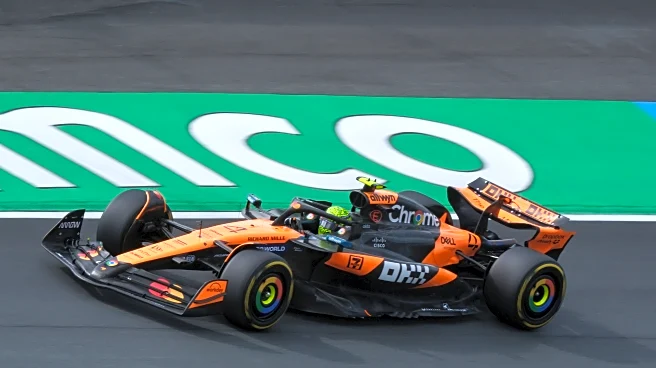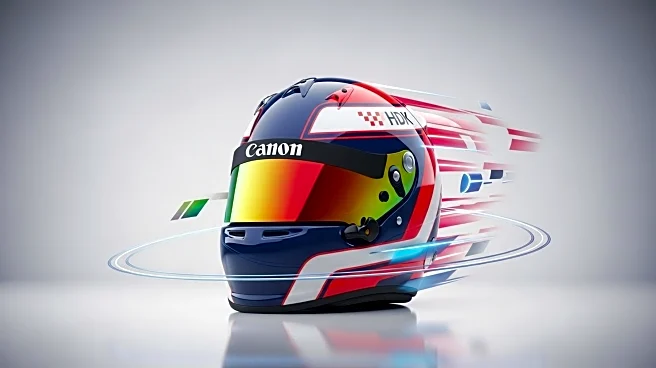What's Happening?
Oscar Piastri claimed pole position for the Dutch Grand Prix, narrowly beating his McLaren teammate Lando Norris by just over one-hundredth of a second. This marks Piastri's fifth pole position of the year, but his first since the Spanish Grand Prix. The qualifying session saw Piastri set the pace early, with Norris unable to surpass his time, finishing .012 seconds behind. Despite Norris's strong performance in practice sessions, he acknowledged the difficulty of overtaking at Zandvoort, a track known for its challenging conditions. Max Verstappen, the defending champion, will start third, expressing satisfaction with his improvement after a difficult practice. Isack Hadjar surprised many by qualifying fourth, while George Russell and Charles Leclerc rounded out the top six.
Why It's Important?
The qualifying results intensify the title battle between Piastri and Norris, with Piastri leading by nine points in the standings. Norris's recent wins have closed the gap, but the challenging nature of the Zandvoort track could impact race strategies. Verstappen's third-place start is significant for his home race, although his title chances remain slim due to a substantial points gap. The performance of rookie Isack Hadjar could influence team decisions for next season, particularly regarding potential promotion to Red Bull. The results also highlight ongoing challenges for teams like Mercedes and Ferrari, as they navigate competitive dynamics and driver performances.
What's Next?
The Dutch Grand Prix race will test the strategies and tire management skills of the drivers, particularly Norris, who seeks to overcome Piastri's pole advantage. Verstappen aims to leverage his home crowd support for a strong performance. The race could further define the championship standings and influence team decisions for the upcoming season. Observers will watch for any strategic moves or unexpected developments that could alter the current standings.
Beyond the Headlines
The qualifying session underscores the competitive nature of Formula 1, where small margins can significantly impact outcomes. The dynamics between teammates Piastri and Norris reflect broader themes of rivalry and collaboration within teams. The performance of rookies like Hadjar highlights the evolving landscape of driver talent and the potential for shifts in team compositions. The event also illustrates the importance of adaptability and strategic thinking in high-pressure environments.


